Research and Development: Austrian Audio OC818 Large Diaphragm Condenser Microphone
“The entire microphone influences the sound.”
That’s how Austrian Audio’s Christoph Frank sees it. He’s the Senior Acoustic Engineer at the Vienna-based company, built around a core team of 22 former AKG personnel upon its 2017 launch.
Frank was part of the team to design and build the Austrian Audio OC818 large diaphragm condenser (LDC) microphone, a high sensitivity studio, live, and broadcast mic with low self-noise and flexibility to handle a wide range of SPLs. The OC818 is inspired by a classic mic and capsule, but with several 21st Century twists, like wireless control and the ability to change its recorded polar pattern—after the recording has taken place. The OC818’s advanced features impressed us with our first look in January, 2020 on a crowded NAMM show floor.
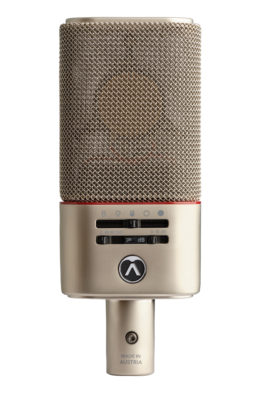
Austrian Audio’s OC818 is a multi-pattern, dual-output large diaphragm condenser mic, with optional wireless control.
Intrigued? Frank has been intrigued by audio most of his life. His professional audio engineering journey includes a Master of Science in Electrical Engineering & Audio Engineering from Austria’s Technical University of Graz. Frank’s professional experience prior to Vienna-based Austrian Audio includes work with microspeakers on mobile devices, system architecture for integrated speakers, and automotive audio, as well as hands-free microphone design.
“Next to my ‘day-job,’ I was always working in studio- and live-sound engineering—I basically financed my studies with it and see myself as the target group of Austrian Audio products,” Frank says. “Those ‘day-job’ products, especially the microspeakers and hands-free microphones were very high-volume and technically sophisticated products, however always on the cutting edge of technology especially concerning material choices. I definitely think that this brought a huge impact to my work at Austrian Audio where I try to think of ‘old’ products like condenser microphones in new ways.
“Customer-driven, I also had to gain an extensive knowledge over different measurement approaches both on the sending—loudspeakers—and receiving—microphones—side. This also helps in my daily work as different acoustic attributes might require vastly different measurement techniques.”
In this latest Research & Development, Frank walks us through the making of the Austrian Audio OC818, from concept to completion.
Effects of the Pandemic on Audio: What I noticed during the pandemic were the “collab” music videos, where musicians were playing together online although separated. I really liked that idea, as it seems cooperating and collaborating online will be around for quite some more time.
So, upgrading your home recording studio is very important to get professional recording quality. So are software tools and infrastructure that allow real time online collaboration, be it for simple things such as sharing files to playing live together in real time to collaborating in real time on your DAW have seen a boost. This kind of remote workflow will probably stay and establish itself even more, side-by-side working together in person in a studio.
The Austrian Audio Product Design Process—The Idea Behind the OC818: We have very flat hierarchies in our company. Each and every employee is welcome to give input and feedback and to share ideas. Ideas are regularly discussed and if there is a feeling that we have a strong idea, then it’s normally taken further by product management together with general management.
We didn’t want to create just another copy of the [AKG] C414, as there are many out on the market, some better, some worse. Our approach was to capture what users really liked about the old C414, so the main idea behind the OC18 (cardioid microphone) and OC818 was reimagining the famous [AKG] C12 capsule and it’s specific sound.
We therefore measured and listened to scores of CK12 and C12 microphones (Editor’s Note: Visit here for additional background on the CK12 capsule.) We have these in our possession, the possession of our friends and even some from famous artists like Steve Wonder and Quincy Jones. We listened to, selected, and measured the best of these capsules and microphones and built the parameters of our own CKR12 capsule upon these golden units.
Our handmade CKR12 ceramic capsule is made to the same critical dimensions as the classic CK12 capsule. Its output has been tuned to sound identical to the best vintage CK12 capsules.
The challenge was to engineer the CKR12 capsule in a way that although “Made in Austria” the costs are still acceptable and reasonable for a young startup. Modern materials make for more efficient and consistent construction. The old CK12 had an initial failure rate of approximately 65% and they could basically build one microphone per day. Obviously this wasn’t an option if we wish to craft capsules and microphones in Austria again.
Having succeeded with the capsule construction, engineering the housing was another challenge, as we didn’t want anything to compromise the capsule’s sound as well. As you know, the entire microphone influences the sound, so we tried to consider everything in building the OC818 and OC18, and that at the end we managed that the capsule sounds as it sounds without the housing.
You will notice that there are no mounting posts inside of the microphone and that the capsule is free-floating due to the full suspension we engineered. This “Open Acoustic” concept also adds additional isolation from handling noise. Further on we included an absorber diffuser into the bottom of the microphone to kill of any rogue sound waves that would otherwise reflect back up into the capsule.
The multiple polar patterns in the microphone are achieved with a µ-processor-controlled polar voltage. This makes an exact calibration of all the polar patterns possible in our in-house end of line measurement. As the polar voltages can also be changed seamlessly on the fly, we also brought in the possibility to remote control them.
For the high pass filters we tried to give the user the flexibility to decide whether they only want to filter out low frequency noise which is below their instrument’s range—40Hz/80Hz depending on the instrument. They can also decide if they want to compensate the proximity effect of our cardioid characteristic—here the 160Hz filter has a step 2nd order high pass filter below 80Hz, but a smoother 1st order filter up to 160Hz to compensate the bass boost of sources close to the microphone.
As our microphone can already handle up to 148dBSPL without pad, the -10dB and -20dB settings are mainly there to protect following preamps from overriding as the microphone can output more than 6V, which can be too much for several devices. With the -10dB Pad we can even handle 158dBSPL as this reduces the polar voltage of the capsule.
What was important for us is to make a product also usable for today’s studio workflow which relies heavily on post-production or, as some might agree, “fix in the mix.” Our dual output makes it possible to change the polar pattern of the microphone after the recording took place.
Making of the Mobile PolarPilot App + OCR8 Bluetooth Dongle for Remote Control:
We know that there is a lot of “tradition” in our industry and that it’s sometimes hard to bring in new ideas. We never wanted to reinvent the wheel, but we wanted to combine state-of-the-art technology with traditional sound/acoustic engineering. Basically, we wanted to give our users more flexibility and help them, providing options for a modern workflow.
Remote controls for multi-pattern microphones are actually as old as the microphones themselves and date back to the early ‘50s—however, you were bound to a big cable-connected switching device. As almost everyone has a smartphone in their pockets these days, we decided that this would be the best possible remote control.
We also wanted to avoid any LEDs inside the microphone, but liked the idea of an overdrive info for the customer (in case they exceed the 148dBSPL which could happen for explosive sounds from a singer), so we also brought that feature to the App with a 60-second clipping history.
Last, but not least, software can be an ever-growing product these days via updates. We have already implemented several new features, like an infinite override log, and will continue to do so.
Charting a Course for the Unexpected: Software is a tricky and underestimated topic, especially the whole bug-fixing and beta-testing phase. Besides a full hardware product and support team, we also need to handle customer support for an iOS and android app as well as a plugin for all relevant DAWs—this turned out to be more effort than I thought.
On the hardware side, we were really able to predict the challenges because this is where the 300+ years of (combined) experience of our team kick in.
The capsule originally had four “ears” or mounting points, if you wish—below you can see the first mechanical idea—it actually used a CK12 electrode, as we knew from the beginning that exact mechanical dimensions were critical.
When we started to develop the OC818 we set ourselves very high expectations. We weren’t able to reach all our ambitious goals, but where we fully succeeded was the “Open Acoustic” design with hardly any influence of the microphone’s housing on the capsule.
The metal foam that we use below the capsule to eliminate reflections behind the grille was not planned at the beginning but was simply necessary to maintain the sound of the capsule which we developed for over a year before we had the first 3D-printed housings. Below is an early picture of these first measurements – the rubber-band suspension was luckily exchanged by a more sophisticated solution.
Here’s an image of the actual Open Acoustic construction:
First Users, and Who’s Next: Early adopters have been obviously studio and FOH sound engineers. The initial feedback we received was brilliant and still is. Our users like the versatility and the possibilities they have with the PolarDesigner in post production. Also, the fact that every OC18 and OC818 are factory calibrated for guaranteed sensitivity of each polar pattern, meaning that any OC818 is match-paired with any other OC818. When in cardoid mode it can also be match-paired with any OC18, which is a popular feature.
Looking at the price points of the OC818 and the OC18 we think that prosumers/home recording still need to be convinced that an investment into a high quality microphone will instantly improve their sound quality and their recordings.
Incorporating User Feedback: As we are a startup with a very experienced team and industry veterans, we have a roadmap which we are following. The feedback to our first products up until now proves that what we planned to do is mostly what people want and expect, and features that we think are cool actually please most users. A lot of ideas from the user base are already on our list and will be incorporated into the upcoming products.
COVID-19 brought some changes to the priority of future releases, but it basically seems that we are on the right track with our portfolio. Ideas for the PolarPilot App and PolarDesigner Plugin are a little bit more user-driven, as can also be seen from the latest plugin AmbiCreator. That plugin was the result of a discussion with audio engineers getting requests from the VR industry, but who are unwilling to buy a specialized ambisonic microphone for $1000+ which they can hardly use in their daily business.
With the Plugin and a pair of OC818s, you can get similar results as with an A-Format microphone, but you have a pair of mics you can also use for every other recording situation.
A Respectful Lesson Learned: From the engineering side, I saw how important the lifelong experience of our engineers is.
When we started working on our CKR12 capsule, I questioned a lot of “golden rules” and learnings which we had from our prior work. In the end, I painfully had to admit that almost all of these make total sense—even if they don‘t do so at first sight.
- Interview by David Weiss
Additional images further illustrate the design and construction of the Austrian Audio OC818:
Please note: When you buy products through links on this page, we may earn an affiliate commission.







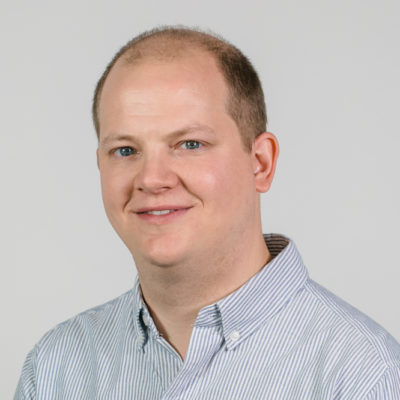
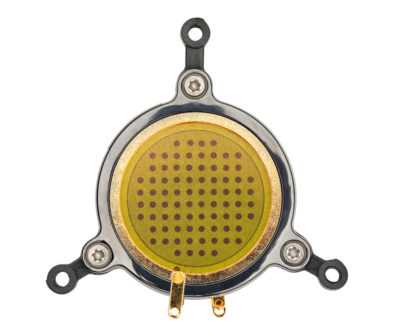
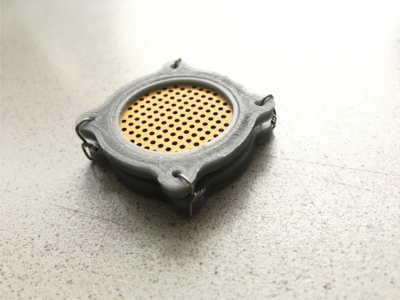
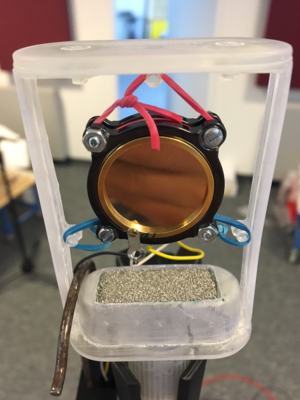
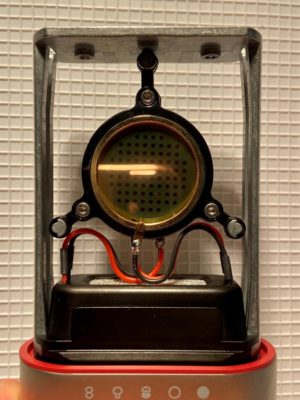
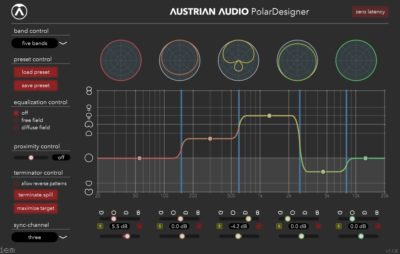
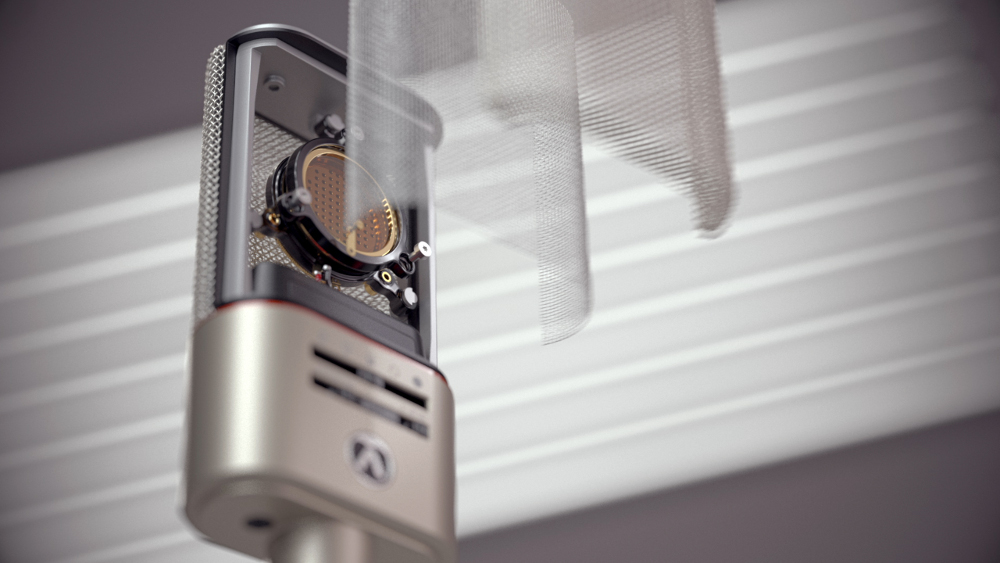
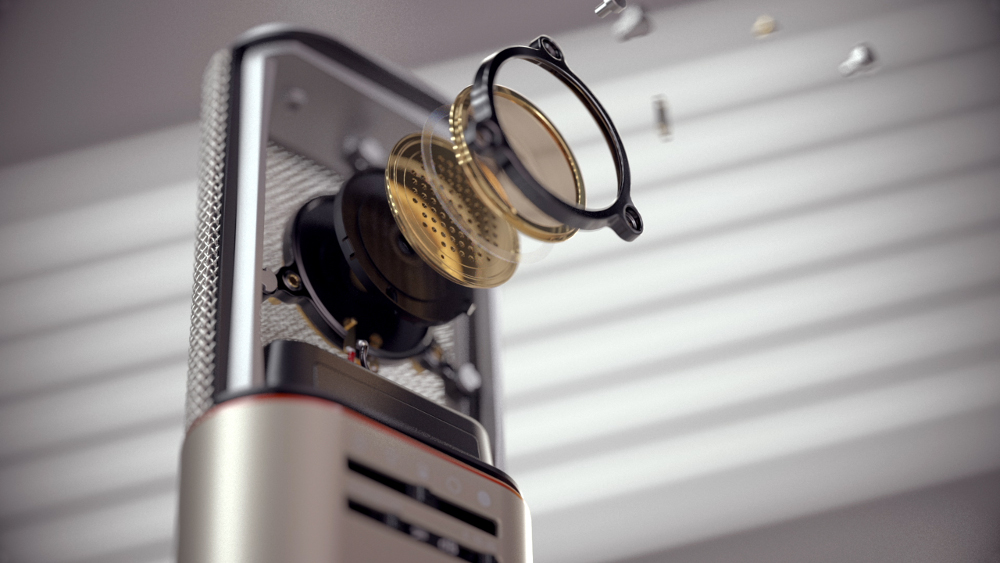
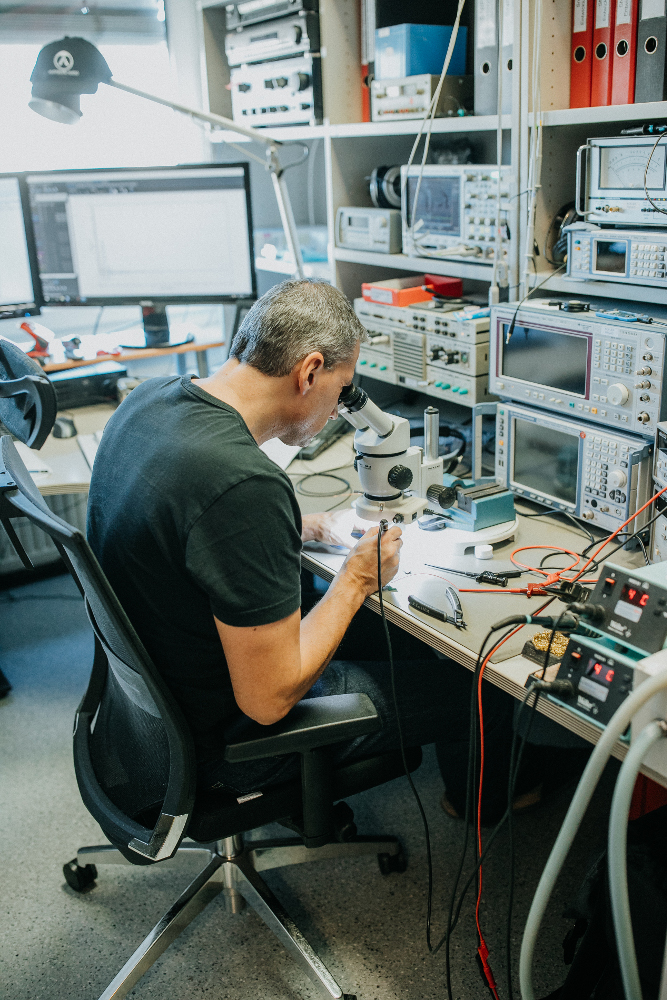
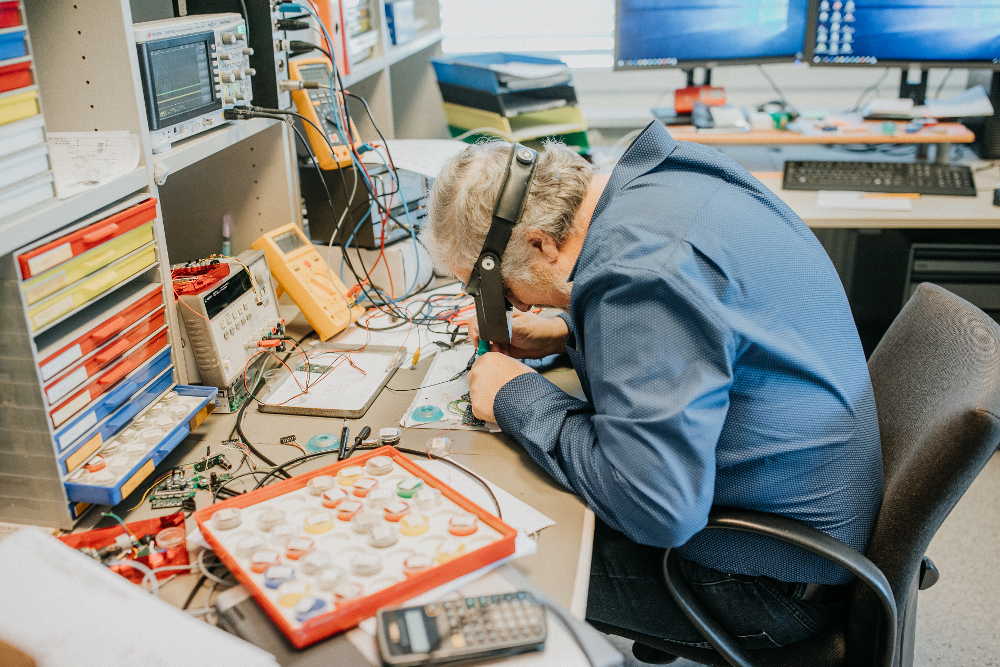
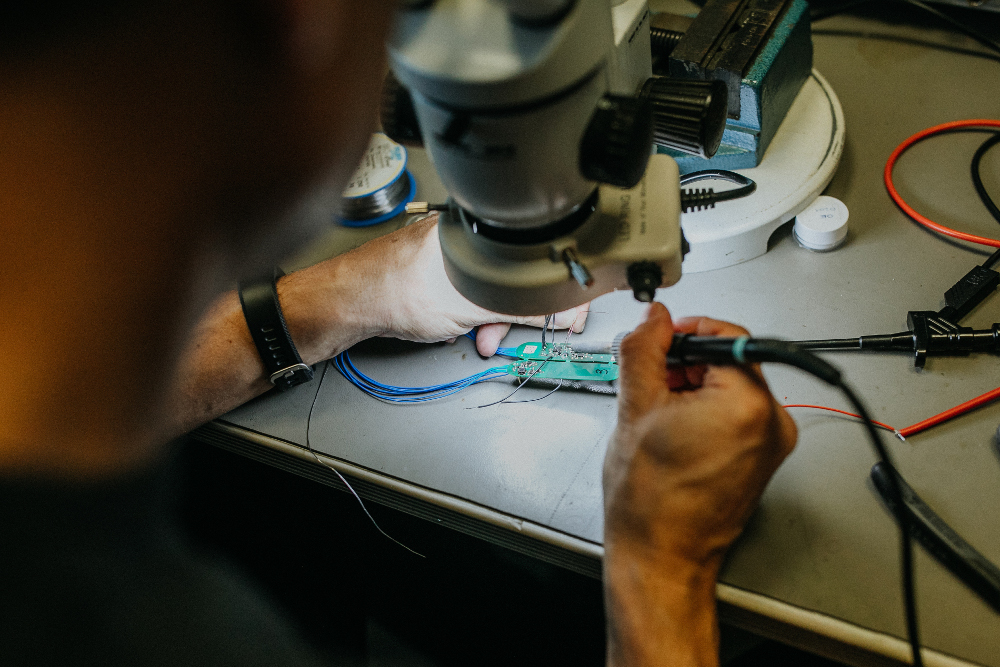
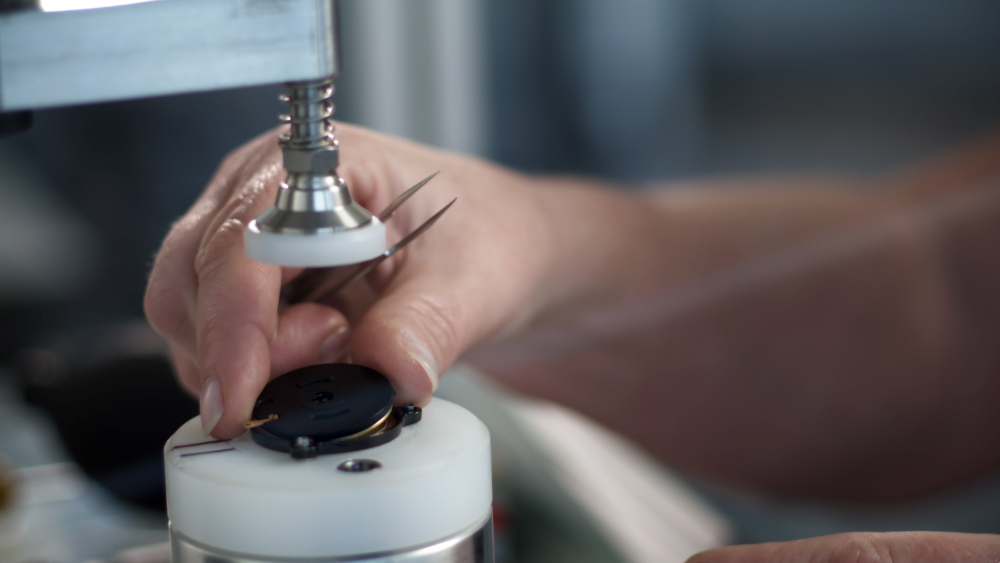
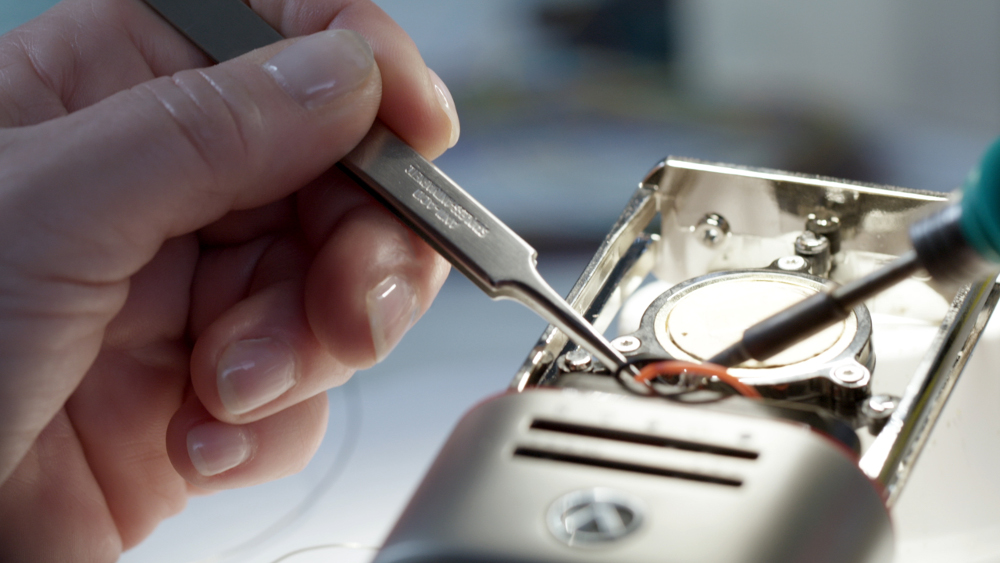
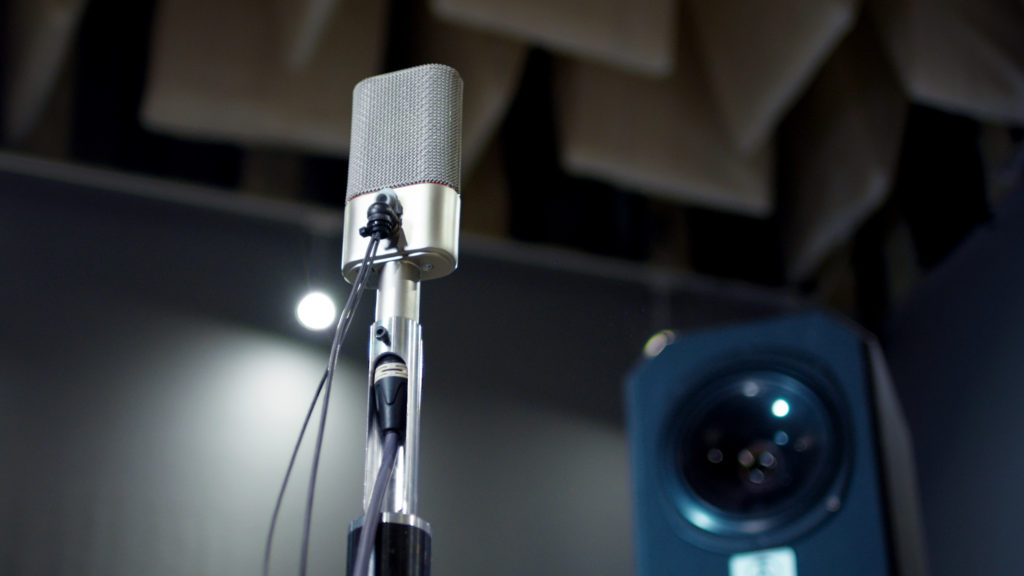
[…] Frank was part of the team to design and build the Austrian Audio Read more… […]